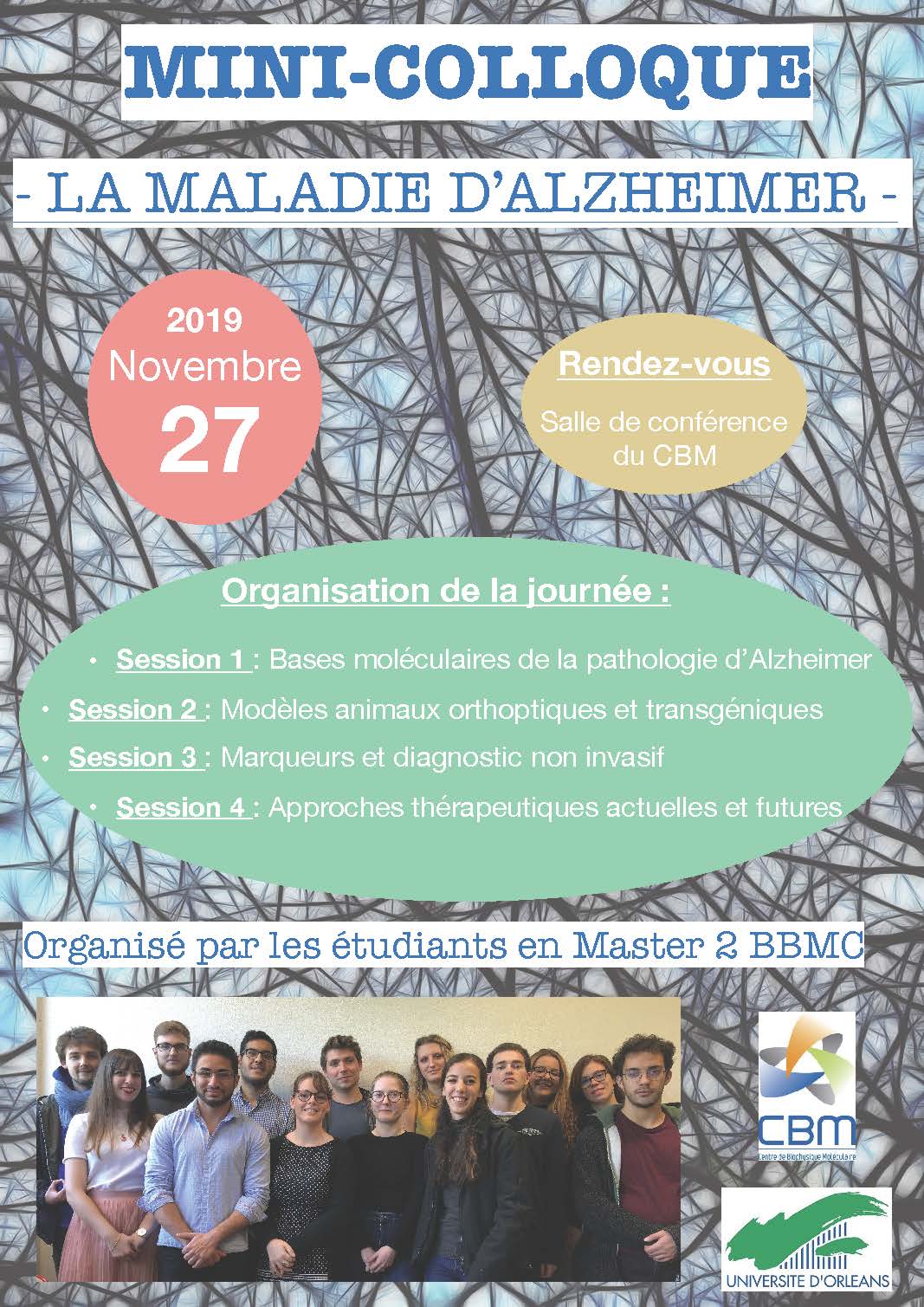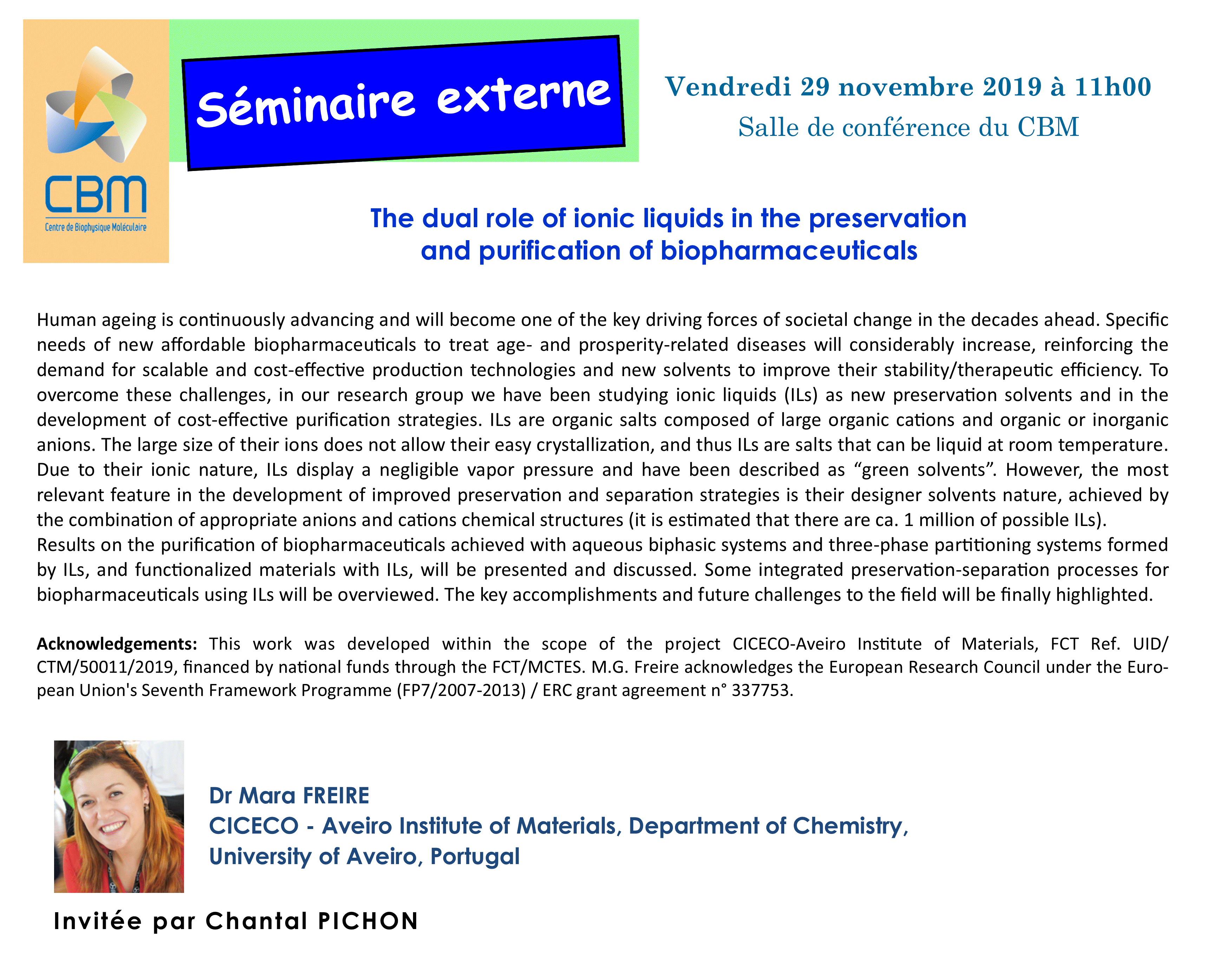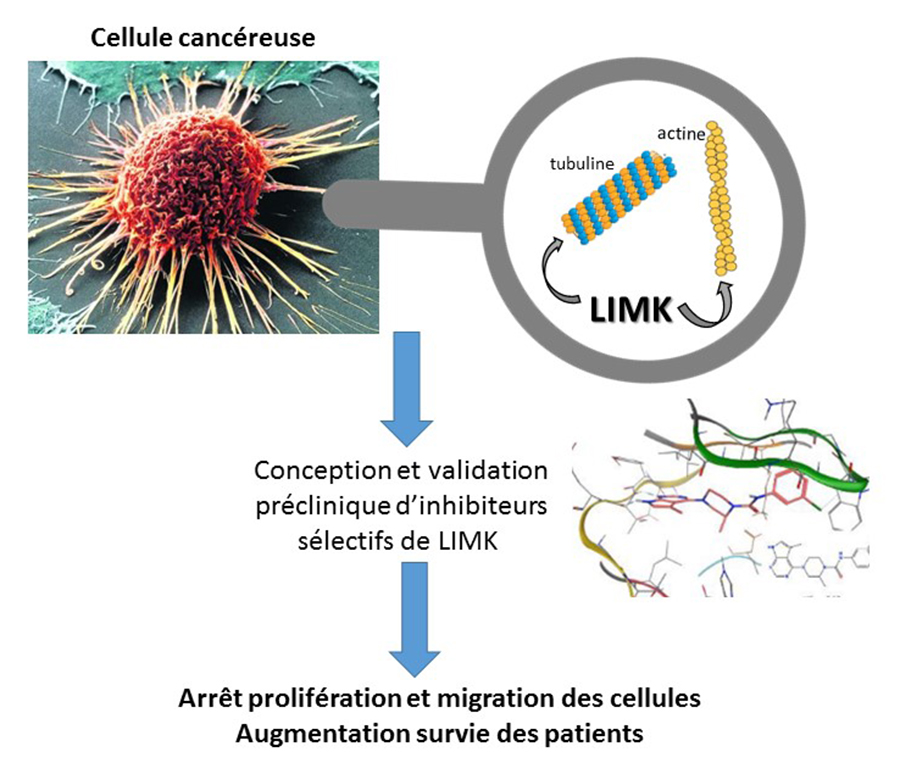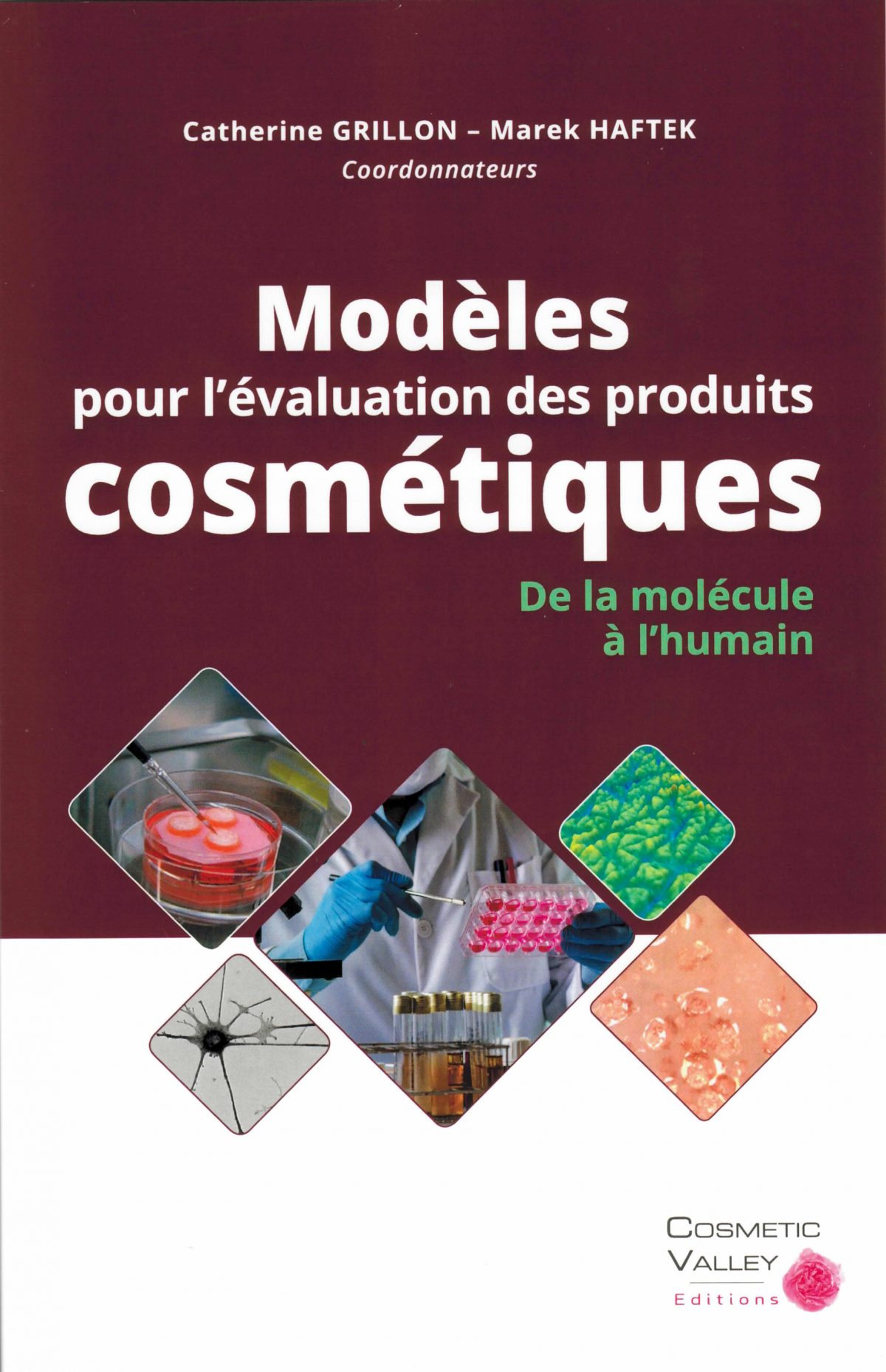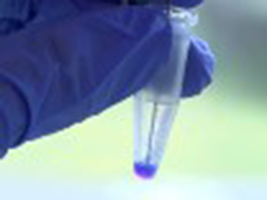Evaluating the activity of compounds on the skin and understanding their mechanisms of action have become unavoidable steps to select and develop a dermocosmetic product. Since the ban on the use of animals in the cosmetic field, many "models" have been developed, especially with recent advances in research in skin biology and computer science.
The book "Modèles pour l'évaluation des produits cosmétiques, de la molécule à l'humain", coordinated by Catherine Grillon, Leader of the Skin Biology Group at CBM, and Marek Haftek of the Laboratory of Tissue Biology and Therapeutic Engineering de Lyon, gives an overview of all the models used to evaluate the activity of dermocosmetic compounds, with their advantages, disadvantages and limitations. This book, edited by Cosmetic Valley Editions, brings together academic and industrial researchers, all specialists in their field, ranging from in silico prediction to in vivo evaluations, to all in vitro cell models, from the simplest to the most complex.

